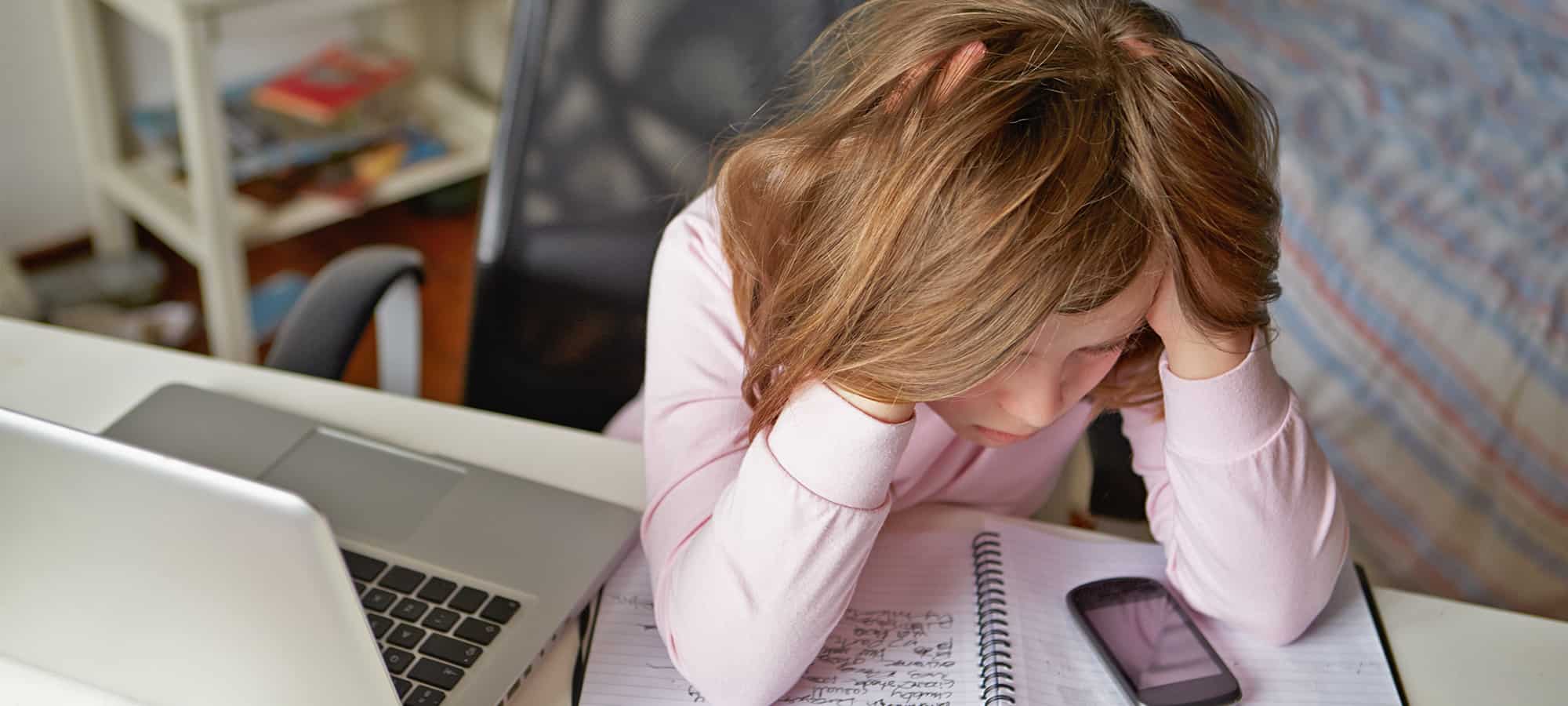The term bullying is an emotive term often used to describe negative interactions between two children or two adolescents (and sometimes adults). Let me say at the outset that true bullying can have untold harmful effects on the ‘victim’. No one should tolerate it under any circumstances.
If educators and parents have a common understanding of the definition of bullying, then they can address it promptly and decisively. This helps to keep the ‘victim’ safe and to educate the ‘perpetrator’ about appropriate behaviours.
What is the Difference Between Bullying and Bad Behaviour?
We often use the term bullying to describe negative interactions between two people. However, sometimes negative behaviour is NOT bullying. To that end, it is important to understand the difference between bullying behaviour and bad behaviour. The term bullying can often misrepresent behaviours and relationships between children and adolescents.
So, let’s explore the difference between the term bullying and the term bad behaviour. This will be with particular reference to the behaviour of primary school aged children.
Bad behaviour may be an example of a child being naughty, disruptive or disobedient. There is possibly a breakdown in a relationship between two children or possibly a child and a teacher. The behaviour could simply be disobedience; it could be distracting a class or poor behaviour. Bad behaviour between peers can include things such as: exclusion, teasing or fighting. These behaviours are not necessarily bullying.
Bullying however, is when a person or person(s) repeat targeted behaviour. Often, there’s a power balance between the person(s) and the victim. The power differential could mean a child is bigger than a peer; it could mean they are more intellectual or brighter than another child and use that intellect to bully the other child. Or, it could be that a group of children are targeting an individual and as such are bigger in number. Common forms of bullying might include repeated teasing, repetitive exclusion, name calling or physical aggression.
People often use the term bullying for the first negative interaction between two children. But, that is NOT bullying.
People looking after children who display such behaviours must ask themselves, and possibly ask the child, where they learnt such behaviours. It is not uncommon for children with older siblings to learn behaviours which are inappropriate in a social context. It’s also less common for the eldest child of a family to display such behaviours. This is because they may not have had exposure to such behaviours in a social setting.
Responding to Behaviours
So how do we respond if children complain or express their concern to their parents or to their teachers that someone or multiple people are bullying them? First, we MUST listen to children and reassure them that parents and teachers want them to be safe. We must listen and believe the children cautiously.
When I say listen cautiously, I mean with our own filters. We need to find evidence as to whether or not their stories are true. Parents can ask staff for their observations about the child’s behaviour and about the interactions with particular peers.
Parents should ask the teacher what has happened at school, the school’s policies and protocols in regards to dealing with inappropriate behaviours and how they can support their child’s learning.
If the school stories indicate that bullying is going on, then the school needs to take responsibility for managing the behaviours and interactions at school.
If the child needs more support than their school or parents can provide, then parents are encouraged to take their child to see a behaviour expert, psychologist or counsellor. We need to monitor a child’s behaviour and ensure they are safe, happy and healthy. The school should also address the perpetrator to counsel them through how to behave appropriately.
It is preferable that school staff are the ones to resolve any bullying issues at school, and parents should refrain from engaging with other parents. As tempting as it is for parents to contact the parents of the other child involved, it is preferable that the school manage the bullying behaviours at school. Similarly, if children engage in bullying behaviours outside of school, then their caring adults should manage the behaviours.
Occasionally, parents ask the school to intervene. Parents may choose to do this for a couple of reasons. They either don’t feel skilled enough to manage the process, or the issue has overlapped into the school domain (e.g. cyberbullying).
Does Technology Have an Impact On Bullying and Bad Behaviour?
In today’s modern world, technology does play a part in bullying as well as bad behaviour in upper primary school settings, but more commonly in high school. In primary school, it’s best if children don’t have access to social networking sites – however, some do.
Children sometimes make comments that are derogatory, harmful and hurtful. If they repeat this targeted behaviour, then this is certainly a form of bullying for our children. It’s much easier to say things online than face to face. Excluding peers from group chats may even be considered a form of bullying if it does meet the criteria.
The Bottom Line
Just to restate the difference; bullying is behaviour that someone or multiple people target at an individual. There is a power differential between an individual and a peer or an individual and a group of children. Bad behaviour is a breakdown of relationships between two children or between a child and a teacher. This bad behaviour may be a one-off, or repeated behaviours with different people.
We must understand that conflict is a part of human life and how we manage our conflict is an important life lesson. We need to upskill our children to manage their behaviours and to deal with negative behaviours that they may come across in their life. This will build resilience in our children and give them good relational skills as they grow into adolescents and young adults.
Learn more with Andrew Oberthur, who joins Bree on Episode 41 of the PakMag Parents Podcast. Tune In today HERE.





